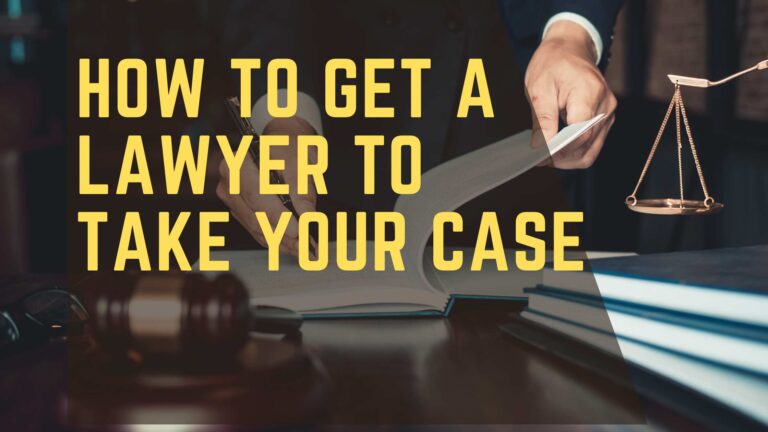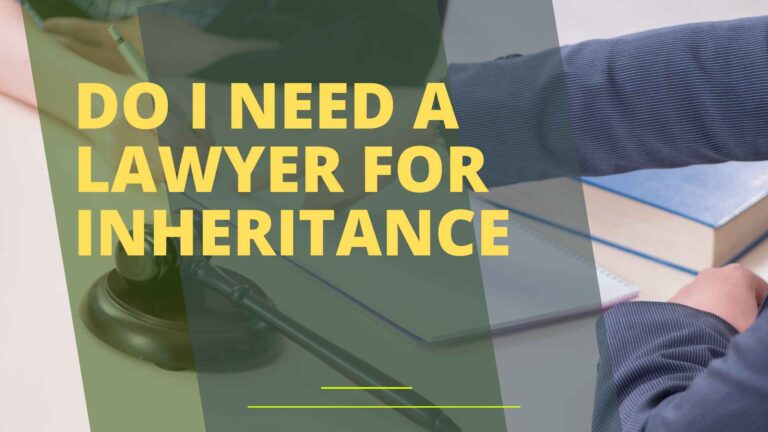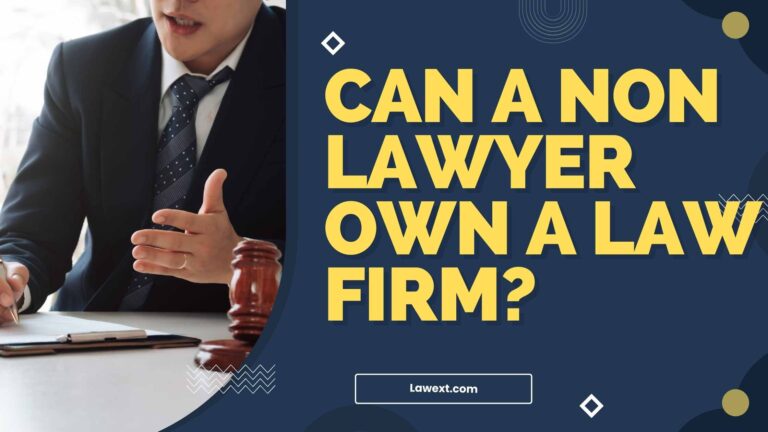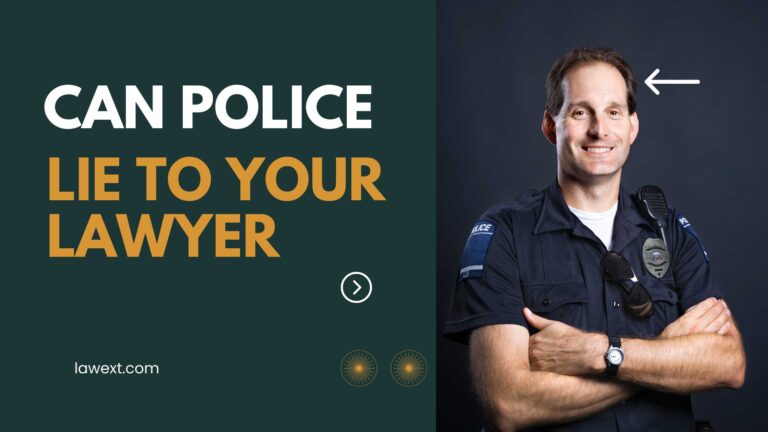How Do You Address a Lawyer?
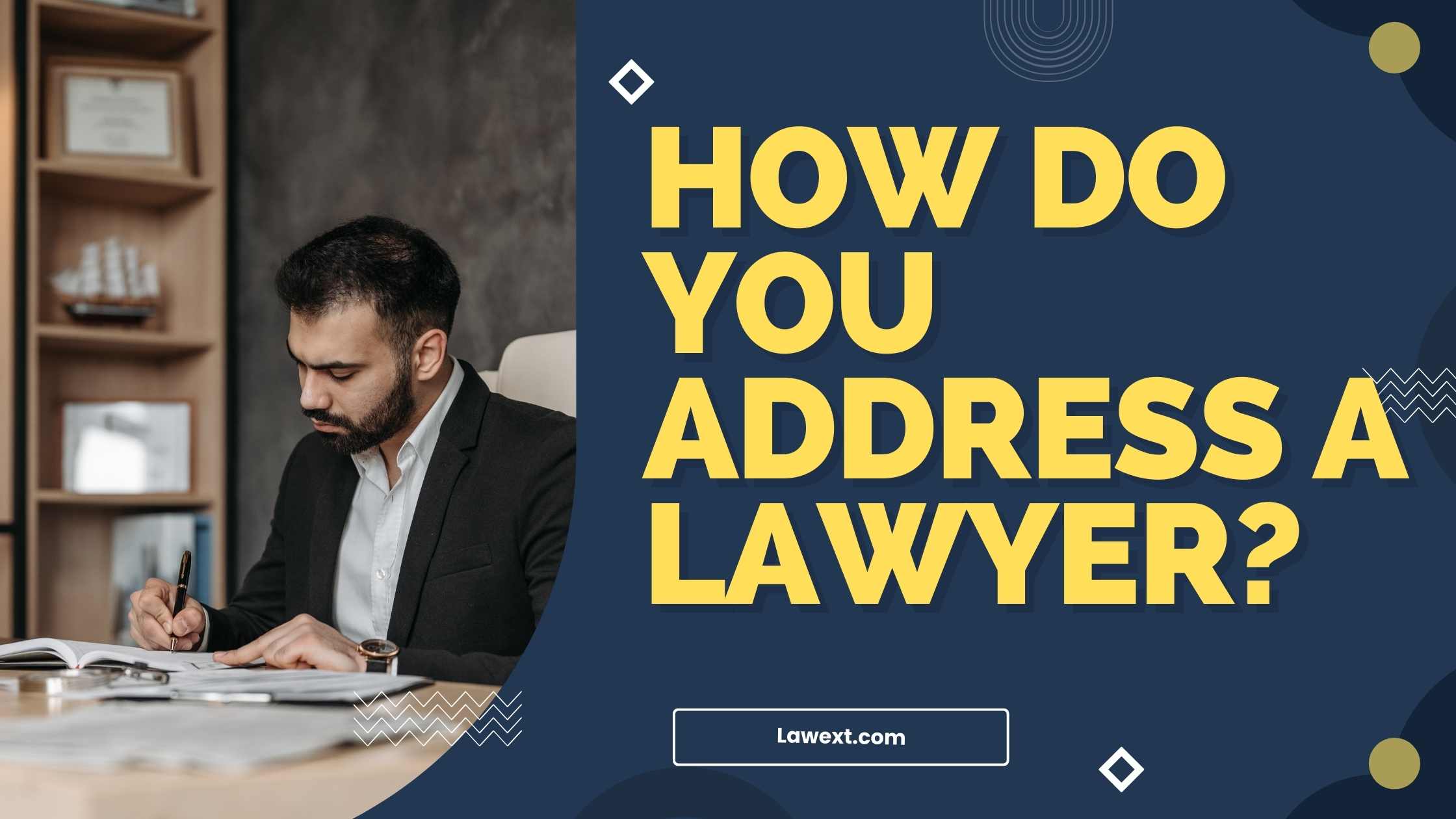
Address a lawyer formally using “Mr.,” “Ms.,” or any preferred title followed by their surname. You can also use “Attorney” if appropriate.
Table of Contents
How Do You Address a Lawyer? Choosing the right salutation when addressing a lawyer is crucial for professionalism and respect. It sets the tone for your interactions and communications. Whether you’re drafting a formal letter, sending an email, or introducing yourself, knowing how to address a lawyer properly is important.
Professional titles deserve attention to detail; they reflect the respect and recognition for the individual’s expertise and legal acumen. Lawyers often hold positions of authority and trust, which is why addressing them correctly is not just courteous, but it also acknowledges their role and professional standing. Engaging with a lawyer starts with a respectful greeting—it’s a simple yet significant step in establishing a professional relationship.
Credit: www.quora.com
Formal Address Etiquette For Lawyers
Approaching a lawyer with the right etiquette is key. It shows respect and professionalism. It’s important to know how to address them properly.
Titles And Prefixes Norms
Lawyers have specific titles we must use. Address them as ‘Attorney’ followed by their last name. You can also use ‘Mr.’, ‘Ms.’, or ‘Mrs.’ as prefixes. But remember, the title ‘Esquire’ or its abbreviation, ‘Esq.’, is often used in written form.
- For a male lawyer: Mr. John Doe, Esq.
- For a female lawyer: Ms. Jane Smith, Esq.
Contextual Variations
Context matters in addressing a lawyer. In court, use ‘Counselor’ or ‘Attorney’. At events, titles can be more informal, like ‘Mr.’ or ‘Ms.’ Lawyers may prefer first names in casual settings. Always gauge the situation.
| Setting | Formal Title | Informal Title |
|---|---|---|
| Courtroom | Attorney [Last name] | – |
| Professional Event | Mr./Ms. [Last name], Esq. | Mr./Ms. [Last name] |
| Casual Meeting | – | [First name] |
Use these guidelines for proper lawyer addresses. Make an excellent first impression each time you meet.
Written Communication With Legal Professionals
Navigating the formal world of legal correspondence requires an understanding of etiquette.
Professionalism and courtesy are paramount when contacting a lawyer.
This guide explores the proper ways to address lawyers in written communications.
Starting A Letter Or Email
When initiating contact with a legal professional, use their appropriate title.
“Dear Attorney [Last Name],” is a conventional start.
Ensure you spell their name correctly; this shows attention to detail.
Here’s a quick checklist for your salutation:
- Use the lawyer’s formal title (e.g., Attorney, Counselor)
- Write their full last name
- Double-check spelling and punctuation
- Avoid overly familiar greetings
Concluding Messages Respectfully
The closing of your message should mirror the formality of your greeting.
Traditional sign-offs like “Sincerely,” or “Respectfully,” work well.
Sign your full name to maintain the professional tone.
Consider these polite closings:
| When Formality is Required | For a More Personal Touch |
|---|---|
| Yours faithfully, | Best regards, |
| Yours sincerely, | Warm regards, |
Remember to always include your contact information at the end. This can be an email address or phone number.
Tips for Email Signatures:
- Keep it simple and professional
- Include relevant contact details
- Include any required disclaimers or legal notices
Verbal Interactions With Attorneys
Interacting with attorneys requires a touch of formality and respect. Knowing how to address lawyers appropriately sets the stage for professional and courteous communication. When speaking to lawyers, choosing the right words is key to maintaining professionalism. Here’s how to nail verbal interactions with attorneys.
In-person Greetings
When meeting lawyers face-to-face, a formal greeting is crucial. Stand straight and make eye contact. Offer a firm handshake, unless cultural norms suggest otherwise. Begin with ‘Hello’ or ‘Good [morning/afternoon/evening],’ followed by their professional title and last name. For example, “Good morning, Attorney Smith.” Greetings like these demonstrate respect and acknowledgment of their professional status.
Remember, a friendly yet professional demeanor goes a long way. Smile genuinely to convey warmth and friendliness. Stick to polite small talk unless the attorney guides the conversation into more casual territory.
Professional Titles In Conversations
When addressing lawyers within a conversation, continue to use their professional titles. Use ‘Attorney [Last Name]’ or ‘Mr./Ms. [Last Name]’ when referring to them. In legal contexts, using ‘Esquire’ or ‘Esq.’ after the last name is also common.
Examples include:
- “Attorney Johnson, could you explain this clause?”
- “Ms. Parker, I have a question about this document.”
- “Thomas King, Esq., will now present his argument.”
Stay consistent with the title throughout your conversation. This consistency shows that you understand and respect the lawyer’s professional role.

Credit: www.wikihow.com
Attorney Address In Different Scenarios
Respect and protocol dictate the way we address attorneys in various settings. The title “lawyer” or “attorney” garners a certain level of esteem. Understanding how to address attorneys in different situations ensures mutual respect and proper etiquette.
Courtroom Address Protocols
In a courtroom, clarity and decorum take center stage. Addressing a lawyer properly maintains the court’s formal atmosphere.
- Your Honor – Referring to the judge, not the lawyer.
- Counsel – When speaking to or about the opposing attorney.
- Mr., Ms., or Mrs. followed by the surname – A universal approach for direct address.
Formal And Informal Settings
Different settings call for varied approaches to addressing lawyers.
| Setting | Address As |
|---|---|
| Professional Events | Mr./Ms. [Last Name] or Attorney [Last Name] |
| Business Meetings | Mr./Ms. [Last Name] |
| Casual Encounters | First Name or Mr./Ms. [Last Name] |
| Emails or Letters | Dear Mr./Ms. [Last Name] |
Cultural Differences In Addressing Lawyers
When meeting lawyers, showing respect is crucial. Different countries have unique ways to do this. Understanding these customs is important, especially in today’s global society.
Global Addressing Conventions
In many places, lawyers earn titles for their hard work. These titles vary worldwide. People should use them correctly.
- United States: Use ‘Attorney’ followed by the last name.
- United Kingdom: Say ‘Solicitor’ or ‘Barrister’ as appropriate.
- France: Address them as ‘Maître,’ which means ‘Master.’
- Germany: ‘Rechtsanwalt’ or ‘Rechtsanwältin’ is common.
- Latin America: ‘Licenciado’ or ‘Licenciada’ precedes the surname.
Adapting To Local Practices
Different places have rules on addressing professionals. It is wise to learn these before speaking.
- In Japan, add ‘sensei’ after a lawyer’s name to show respect.
- In Italy, attorneys are often called ‘Dottore’ or ‘Dottoressa.’
- International settings demand sensitivity to each country’s norms.
- Always listen to how locals address lawyers and follow suit.
- When in doubt, simple terms like ‘Mr.’, ‘Ms.’, or ‘Lawyer’ work well.
Credit: www.quora.com
Conclusion
Understanding how to address a lawyer correctly is a sign of respect and professionalism. Whether you opt for “Attorney,” “Mr. ,” “Ms. ,” or “Esq. ” After their name, your choice demonstrates courtesy. Remember these tips during your next legal encounter to leave a positive impression.
Embrace the etiquette; it reflects well on you.
Amelia Justiceberg, a distinguished legal luminary, thrives on the intersection of empathy and legal acumen. As a prominent family law attorney, she orchestrates compassionate resolutions amidst complex dynamics. Justiceberg's courtroom finesse and dedication to fairness define her practice. Beyond litigation, she ardently advocates for social justice, solidifying her reputation as an influential force in the legal landscape.

